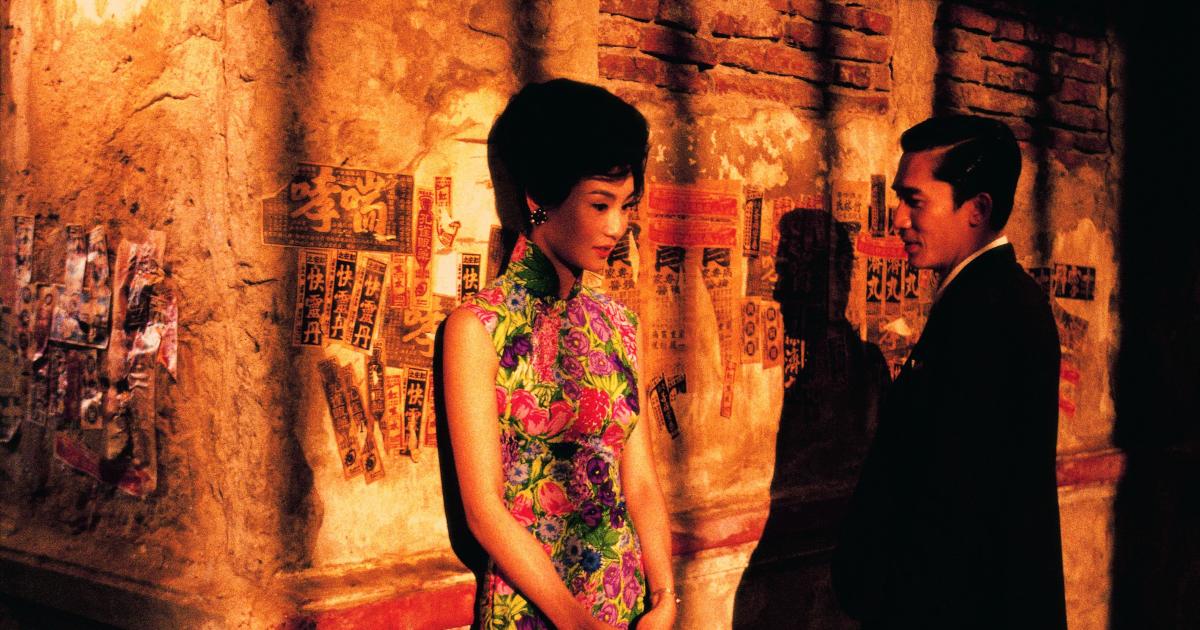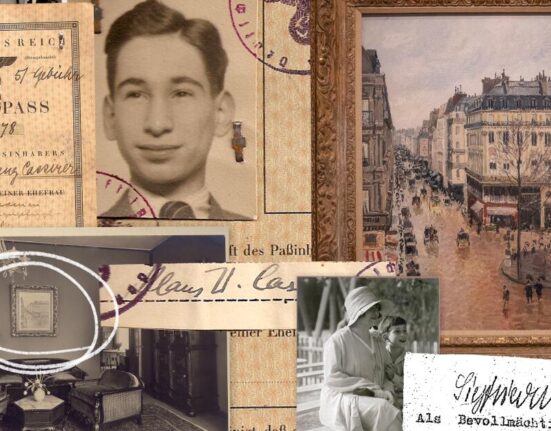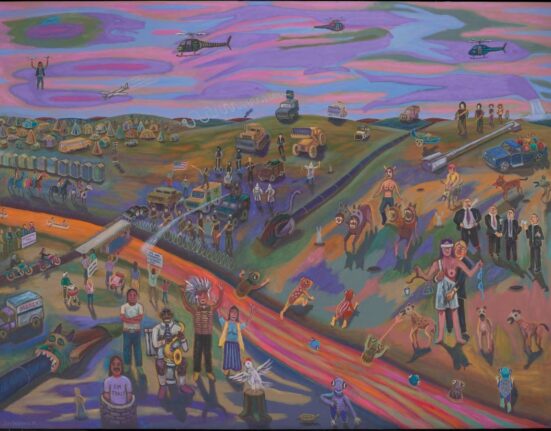Sign up for Sight & Sound’s Weekly Film Bulletin and more
News, reviews and archive features every Friday, and information about our latest magazine once a month.
- From Sight and Sound, June 2023.
The 2022 Critics’ poll may be remembered as marking a historic shift towards a more diverse and globally representative cinema, helped in part by an unprecedented effort to broaden the pool of participation. Worldwide, 88 advisers were recruited to build an invite list of nearly 4,000 voters, of which a record 1,639 submitted a ballot. Still, questions remain as to how fully this diversity was realised. True, among the poll’s top 100, films originating outside Europe/North America (mostly from East Asia) rose from 13 in 2012 to 19 in 2022. This figure matches the make-up of participating critics from outside the Anglo-European sphere: 17 per cent of voters came from Asia, Latin America and Africa. Yet the percentage was lower than in 2012. While those regions gained 100 voters, 574 were added to Europe and North America, including 236 from the UK alone. In contrast to 2012, in 2019 voters from Anglophone nations were the majority.
This is a global cinematic canon imagined by a geographically concentrated constituency, which has led to some unusual findings. Support for Jeanne Dielman (1975) was uniformly strong across major regions, nowhere more so than the US, where it received 35 per cent more votes than Vertigo (1958) and Citizen Kane (1941). Rounding out the US top five are Do the Right Thing (1989) and Killer of Sheep (1978), placing far higher than in any other regions. This may indicate a shift in the US toward a more inclusive canon.
| Film | Rank |
|---|---|
| Tokyo Story | 4 |
| In the Mood for Love | 5 |
| Close-Up | 17 |
| Seven Samurai | 20 |
| Late Spring | =21 |
| Pather Panchali | 35 |
| Rashomon | =41 |
| My Neighbour Totoro | =72 |
| Sansho the Bailiff | =75 |
| Spirited Away | =75 |
By contrast, The Searchers (1956) was in the top six among East Asian and European critics, placed far higher than by Americans, marking a disparity in how its canonical status and racial insensitivities are regarded. While American films dominated US critics’ top five, among the UK voting contingent one has to look further down the chart, to 2001: A Space Odyssey (1968) at 11 and A Matter of Life and Death (1946), at 14, to find UK-produced titles. Highest placed by British voters was In the Mood For Love (2000), doing better than among Asian critics. What explains such transglobal resonance? Does the film outdo the likes of Brief Encounter (1945) or The Red Shoes (1948) in expressing a quintessentially British romantic fatalism? Is this a symptom of a nostalgic post-colonial connection to Hong Kong? Does it gesture to post-handover politics redirecting Hong Kong’s cultural diaspora to the UK?
These diasporic flows may require deeper levels of investigation, but they haunt the poll and its peculiar kind of diversity. Perhaps the oddest case is Japan, where no Japanese title received more than one vote among home critics. Not that those films needed help; there were as many Japanese films in the top 100 as there were Japanese critics voting: seven (many more were invited but did not take part). It is shocking that a country with such storied cinema had a fraction of the number of participants that European countries had – and those critics collectively favoured European art cinema. Perhaps robust support of Japanese cinema extending beyond its domestic constituency fulfils an ideal of cinephile cosmopolitanism?
| Film | Rank |
|---|---|
| The Battle of Algiers | =45 |
| Touki Bouki | 66 |
| Black Girl | =95 |
| Sambizanga | =136 |
| West Indies: The Fugitive Slaves of Liberty | =152 |
Other constituencies remain underserved. Three African films made the top 100 but less than one per cent of critics were based in Africa. This raises several questions: how can more African participation be achieved? How much is the project of celebrating African cinema undertaken by non-African voices? And how many African critics have relocated to the Global North to pursue their calling? (Several submitted both African and US or European locations.) Meanwhile, five per cent of critics were from Latin America, but the most-supported films from the region hovered in the mid-100s to 200s, with Lucrecia Martel and Luis Buñuel the main beneficiaries. Looking at regional results, one finds extraordinary support beyond those auteurs, with consensus around the radical Brazilian documentary Twenty Years Later (1984) and, of all things, Jonas Mekas’s As I Was Moving Ahead Occasionally I Saw Brief Glimpses of Beauty (2000). Why this five-hour experimental compilation of home movies is especially exalted in Argentina and Chile is a question that deserves an article of its own.
| Film | Rank |
|---|---|
| La Ciénaga | =136 |
| Los Olvidados | =157 |
| The Exterminating Angel | =169 |
| Memories of Underdevelopment | =169 |
| The Headless Woman | =196 |
| Zama | =196 |
| One Way or Another | =196 |
| Limite | =211 |
| Twenty Years Later | =211 |
| The Hour of the Furnaces | =225 |
The Greatest Films of All Time
In 1952, the Sight and Sound team had the novel idea of asking critics to name the greatest films of all time. The tradition became decennial, increasing in size and prestige as the decades passed. The Sight and Sound poll is now a major bellwether of critical opinion on cinema and this year’s edition (its eighth) is the largest ever, with 1,639 participating critics, programmers, curators, archivists and academics each submitting their top ten ballot. What has risen up the ranks? What has fallen? Has 2012’s winner Vertigo held on to its title? Find out below.







